Honda ZR-V vs Jeep Compass – Differences & prices compared
Compare performance, boot capacity, efficiency and price at a glance.
Find out which car is the better choice for you – Honda ZR-V or Jeep Compass?
Costs and Efficiency:
Price and efficiency are often the first things buyers look at. Here it becomes clear which model has the long-term edge – whether at the pump, the plug, or in purchase price.
Jeep Compass has a hardly perceptible advantage in terms of price – it starts at 34200 £, while the Honda ZR-V costs 36800 £. That’s a price difference of around 2571 £.
Fuel consumption also shows a difference: Jeep Compass manages with 2 L and is therefore decisively more efficient than the Honda ZR-V with 5.70 L. The difference is about 3.70 L per 100 km.
Engine and Performance:
Under the bonnet, it becomes clear which model is tuned for sportiness and which one takes the lead when you hit the accelerator.
When it comes to engine power, the Jeep Compass has a clearly perceptible edge – offering 240 HP compared to 184 HP. That’s roughly 56 HP more horsepower.
In acceleration from 0 to 100 km/h, the Jeep Compass is slight quicker – completing the sprint in 7.30 s, while the Honda ZR-V takes 7.80 s. That’s about 0.50 s faster.
In terms of top speed, the Jeep Compass performs slightly better – reaching 200 km/h, while the Honda ZR-V tops out at 173 km/h. The difference is around 27 km/h.
There’s also a difference in torque: Jeep Compass pulls minimal stronger with 345 Nm compared to 315 Nm. That’s about 30 Nm difference.
Space and Everyday Use:
Beyond pure performance, interior space and usability matter most in daily life. This is where you see which car is more practical and versatile.
Both vehicles offer seating for 5 people.
In curb weight, Jeep Compass is barely noticeable lighter – 1575 kg compared to 1660 kg. The difference is around 85 kg.
In terms of boot space, the Jeep Compass offers evident more room – 550 L compared to 380 L. That’s a difference of about 170 L.
In maximum load capacity, the Jeep Compass performs minimal better – up to 1387 L, which is about 75 L more than the Honda ZR-V.
When it comes to payload, Jeep Compass minimal takes the win – 470 kg compared to 455 kg. That’s a difference of about 15 kg.
Who wins the race?
The Jeep Compass proves to be dominates this comparison and therefore becomes our DriveDuel Champion!
Jeep Compass is the better all-rounder in this comparison.
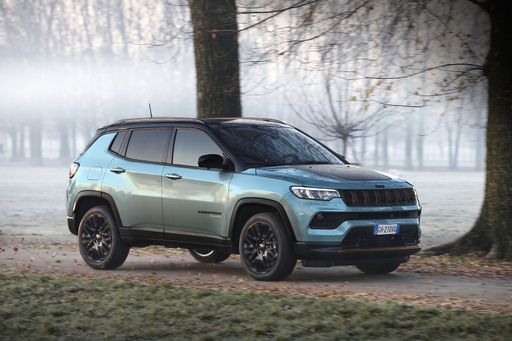
Jeep Compass
Honda ZR-V
The Honda ZR-V is a standout in the compact SUV segment, offering a blend of sleek design and practical functionality. Its exterior is characterized by dynamic lines and a bold grille, capturing attention on the road. Inside, the ZR-V impresses with a comfortable and well-appointed cabin, providing drivers and passengers with a refined driving experience.
details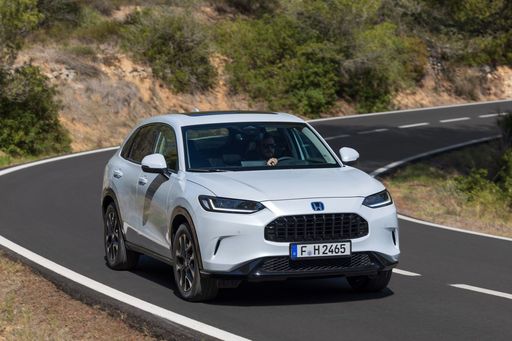 @ Honda
@ Honda
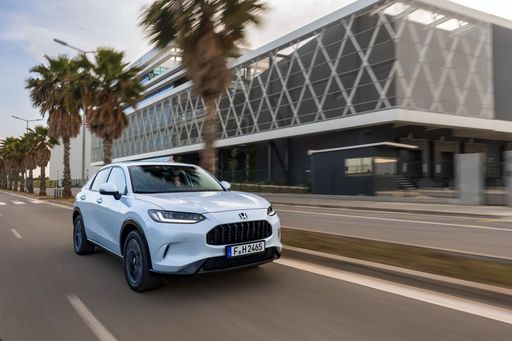 @ Honda
@ Honda
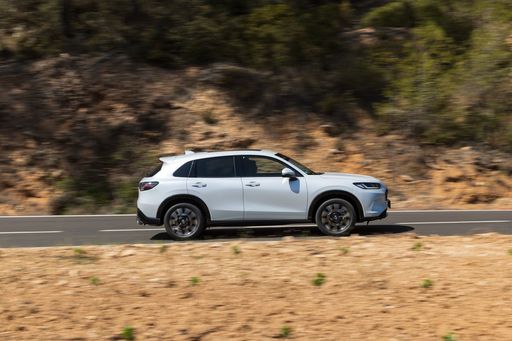 @ Honda
@ Honda
 @ Honda
@ Honda
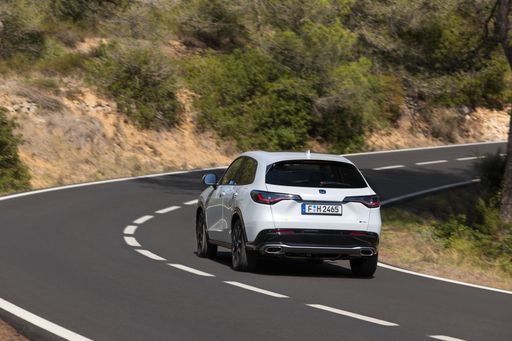 @ Honda
@ Honda
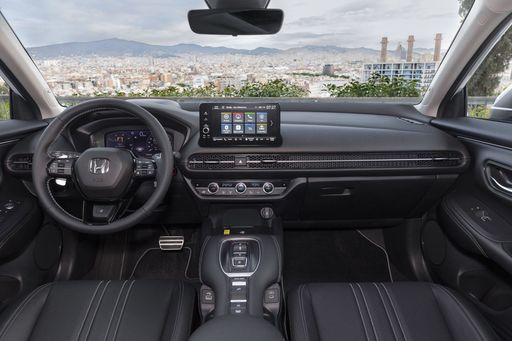 @ Honda
@ Honda
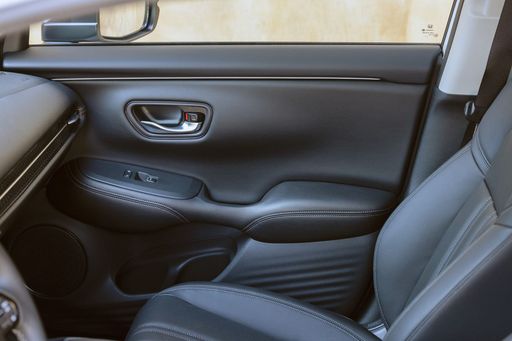 @ Honda
@ Honda
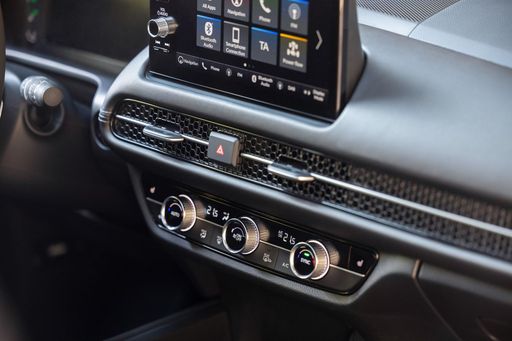 @ Honda
@ Honda
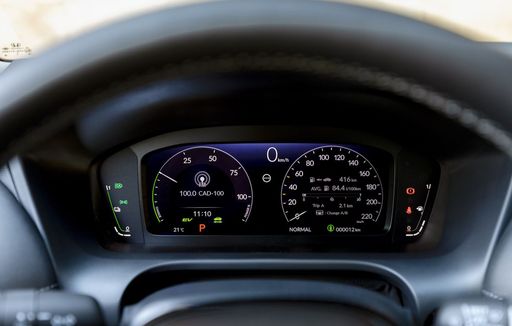 @ Honda
@ Honda
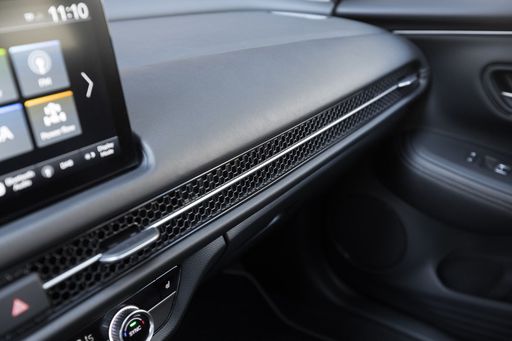 @ Honda
@ Honda
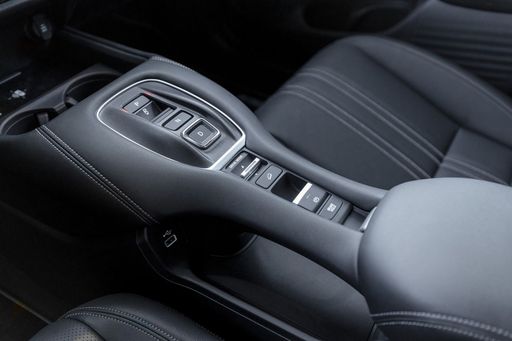 @ Honda
@ Honda
 @ Honda
@ Honda
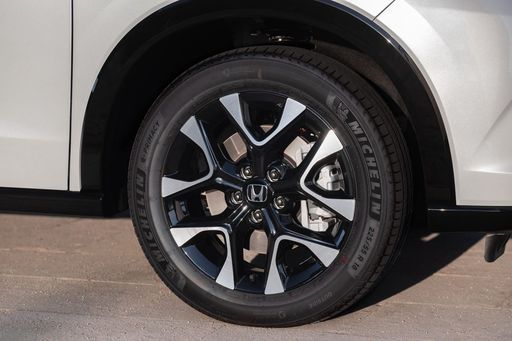 @ Honda
@ Honda
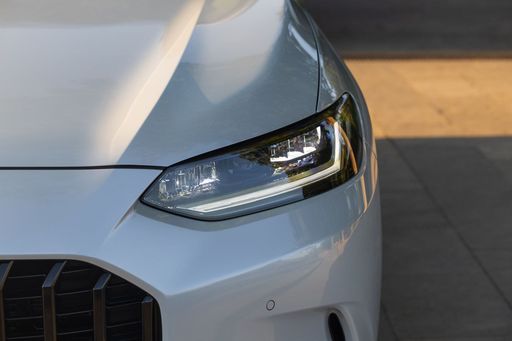 @ Honda
@ Honda
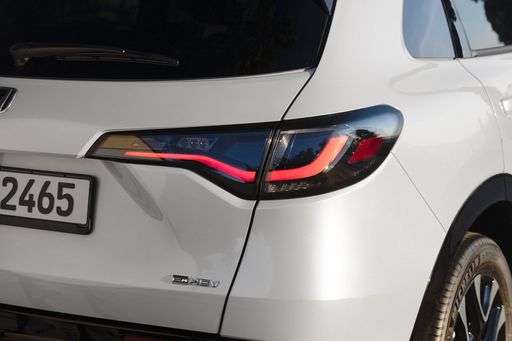 @ Honda
@ Honda
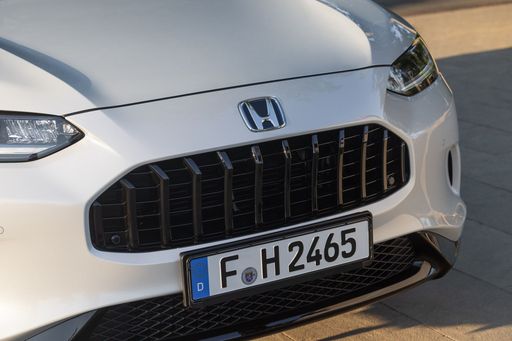 @ Honda
@ Honda
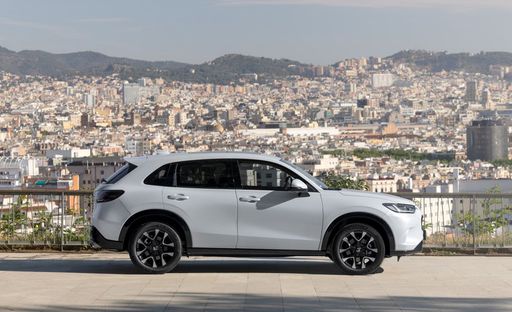 @ Honda
@ Honda
Jeep Compass
The Jeep Compass combines a rugged aesthetic with modern sophistication, making it a standout choice in the compact SUV segment. Its robust design is complemented by a comfortable interior that offers ample space and cutting-edge technology for a seamless driving experience. Whether tackling urban environments or venturing off-road, the Compass provides versatility and reliability, embodying the adventurous spirit synonymous with the Jeep brand.
details @ media.stellantis.com
@ media.stellantis.com
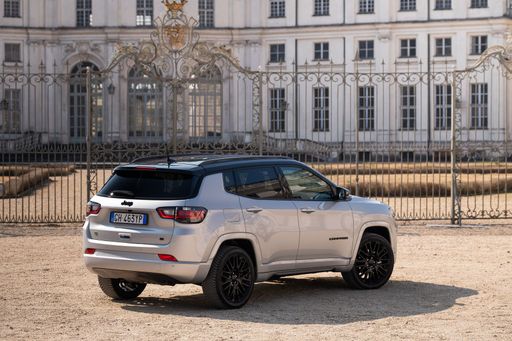 @ media.stellantis.com
@ media.stellantis.com
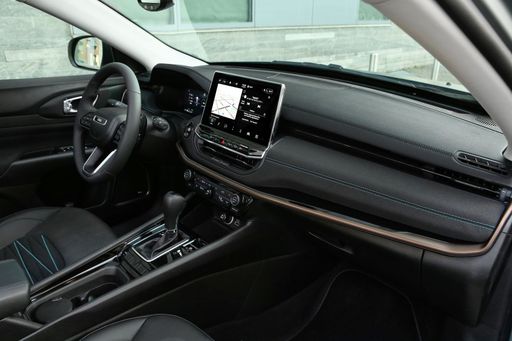 @ media.stellantis.com
@ media.stellantis.com
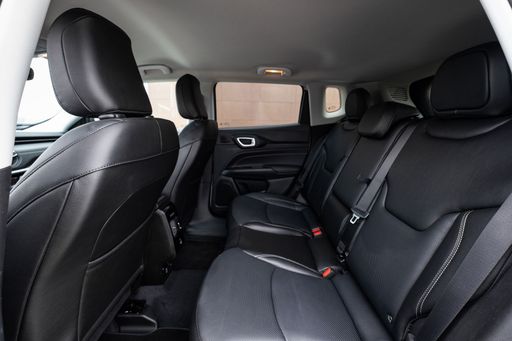 @ media.stellantis.com
@ media.stellantis.com
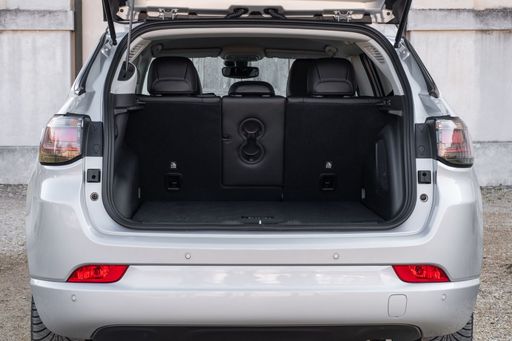 @ media.stellantis.com
@ media.stellantis.com

|

|
|
|
|
Costs and Consumption |
|
|---|---|
|
Price
36800 - 40400 £
|
Price
34200 - 46900 £
|
|
Consumption L/100km
5.7 - 5.8 L
|
Consumption L/100km
2 - 5.9 L
|
|
Consumption kWh/100km
-
|
Consumption kWh/100km
17.50 kWh
|
|
Electric Range
-
|
Electric Range
36 - 500 km
|
|
Battery Capacity
-
|
Battery Capacity
74 kWh
|
|
co2
130 - 132 g/km
|
co2
0 - 133 g/km
|
|
Fuel tank capacity
57 L
|
Fuel tank capacity
36 - 55 L
|
Dimensions and Body |
|
|---|---|
|
Body Type
SUV
|
Body Type
SUV
|
|
Seats
5
|
Seats
5
|
|
Doors
5
|
Doors
5
|
|
Curb weight
1660 - 1710 kg
|
Curb weight
1575 - 2198 kg
|
|
Trunk capacity
370 - 380 L
|
Trunk capacity
420 - 550 L
|
|
Length
4568 mm
|
Length
4404 - 4552 mm
|
|
Width
1840 mm
|
Width
1819 mm
|
|
Height
1613 mm
|
Height
1629 - 1675 mm
|
|
Max trunk capacity
1291 - 1312 L
|
Max trunk capacity
1230 - 1387 L
|
|
Payload
440 - 455 kg
|
Payload
465 - 470 kg
|
Engine and Performance |
|
|---|---|
|
Engine Type
Full Hybrid
|
Engine Type
Petrol MHEV, Plugin Hybrid, Electric
|
|
Transmission
-
|
Transmission
Automatic
|
|
Transmission Detail
-
|
Transmission Detail
Dual-Clutch Automatic, Automatic Gearbox, Reduction Gearbox
|
|
Drive Type
Front-Wheel Drive
|
Drive Type
Front-Wheel Drive, All-Wheel Drive
|
|
Power HP
184 HP
|
Power HP
130 - 240 HP
|
|
Acceleration 0-100km/h
7.8 - 8 s
|
Acceleration 0-100km/h
7.3 - 10.3 s
|
|
Max Speed
173 km/h
|
Max Speed
180 - 200 km/h
|
|
Torque
315 Nm
|
Torque
230 - 345 Nm
|
|
Number of Cylinders
4
|
Number of Cylinders
4
|
|
Power kW
135 kW
|
Power kW
96 - 177 kW
|
|
Engine capacity
1993 cm3
|
Engine capacity
1199 - 1469 cm3
|
General |
|
|---|---|
|
Model Year
2025
|
Model Year
2024 - 2025
|
|
CO2 Efficiency Class
D
|
CO2 Efficiency Class
D, B, A
|
|
Brand
Honda
|
Brand
Jeep
|
What drivetrain options does the Honda ZR-V have?
The Honda ZR-V is available as Front-Wheel Drive.
The prices and data displayed are estimates based on German list prices and may vary by country. This information is not legally binding.
